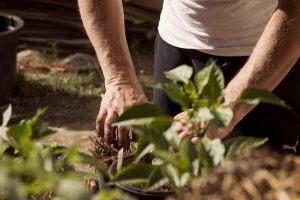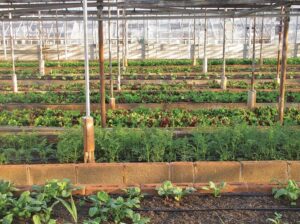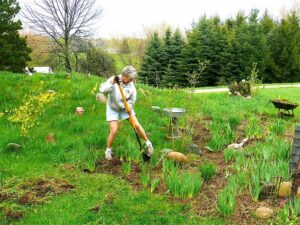How To Store Water For Your Garden?
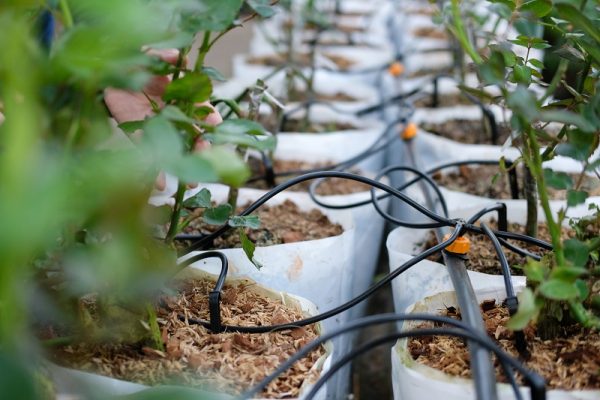
drip water irrigation system with rose flower growing in greenhouse nursery
Plants need five things to survive light, nutrients, air, space to grow, and water. How much water does a plant need? This depends on the type of plant you grow in your garden. Corn, spinach, turnips, radish, and more don’t really need much water. Some plants need a lot of water, like carrots, cucumbers, peppers, and squash, among others.
If you grow these in your backyard or garden, you should consider recycling and storing water. And take note, you can use the following to water your plants:
- Fish Tank Water. It’s best not to throw this away after replacing it. You may find a bit of alga floating around, but don’t worry as it’s not harmful to plants.
- Cooking Water. This is the same water used to boil or steam your vegetables in. It can still be used to water your plants, but let it cool for a few minutes before using it.
- Grey Water. This can come from showers, washing machines, and sinks used for car washing, bathtubs, and more. But don’t use water that has bleach or cleaning chemicals in it, as that can harm plants and damage the soil.
- Rain Water. This can come from the roof of your house. You can store it for quite some time but make sure to use it immediately.
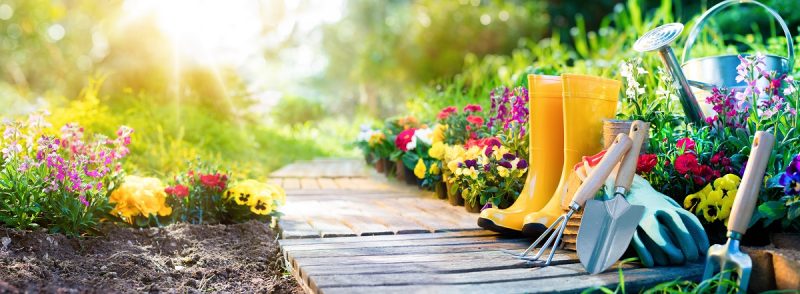
If you are going to store it in a plastic container; here are a few things you should do before putting the water in:
- Wash it with soap and water and rinse well.
- Mix water with house bleach. Leave it for at least thirty minutes before rinsing it again.
- Now, you can store put recycled water in it.
Here are some ways you can keep and save water for your garden.
-
Catch Rainwater And Put It In A Water Tank
Check the weather news, if it’s going to rain. Better get your water tank ready and start collecting and storing rainwater. Take a look at this URL to see which water tank is suitable for your garden. You can quickly get rainwater from the roofs of your house and garage that is connected to a gutter and a pipe. After storing it correctly, you can water your plants except for the seedlings. Seedlings might get fungal plant disease from stored rainwater.
-
Make Use Of Old Water Bottle Containers
If you have old water bottle containers, don’t throw them away; you can still use them to put some of your more miniature plants in. You can turn the bottle into a self-watering plant container by doing the following:
- Cut it in half.
- Put a small hole on the bottle cap where a standard string could fit into it.
- Insert the string into the hole. Half of it should be in the upper part of the container and the other half in the lower part.
- The upper part of the bottle should be facing upwards where the bigger opening is, and put compost and seedlings there.
- The lower part is where you put water in. This will also serve as a base and support.
Your plant can survive for a couple of days without having to water it. The string can bring the water from the bottom to the upper container. This is ideal for those who wish to travel but don’t have anyone to take care of their plants.
-
Repurpose Old Plastic Barrels
The old barrels can still be used. You can put a hole and a faucet in and connect it to a hose. You can attach a water-saving nozzle to the hose to mimic rainfall and water your plants. Or use it to store water it just like the water tanks.
Conclusion:
Having plants at home can boost your mood, promote productivity, make you concentrate more, reduce stress, clean the air and absorb toxins and bring life to your house. Caring for these plants can get tricky as not all plants are the same.
And you should know how to grow them properly; watering them is one way to keep them alive and happy. Thus, it’s essential to learn ways to save and store water. You can make use of old containers or buy new ones. It’s an investment, after all.
You can get fresh and chemical-free produce from the comforts of your home. Or even master the art of gardening. Who knows, you might even consider making a greenhouse if you don’t have one yet.

